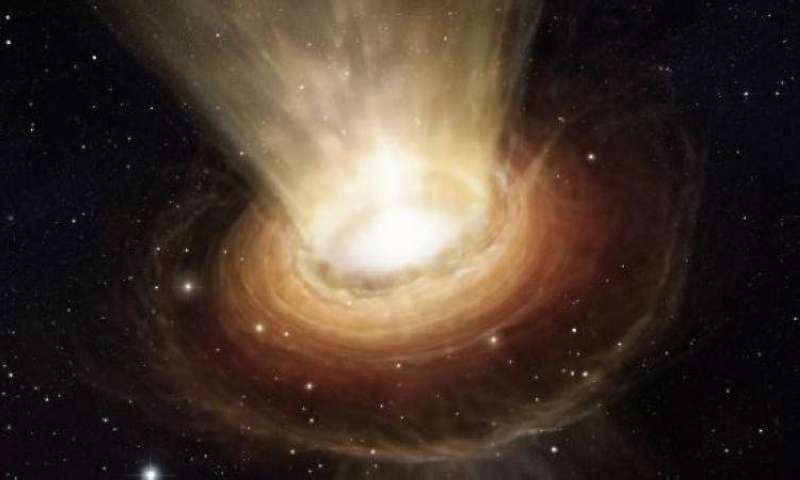Astronomers were finally able to observe two huge jets launched from the “monster” black hole (M87), oscillating in an 11-year cycle, proving for the first time that black holes rotate.
The black hole, called M87, is the best black hole studied so far, and it is also considered the first black hole to be photographed directly in 2019, reports Al-Rai daily.
The researchers published their findings on September 27 in the scientific journal Nature.
“We are delighted with this important discovery,” said the study’s lead author Cui Yuzhou, an astronomer at the Zhejiang Laboratory in Hangzhou, China. “Collecting high-resolution data to track the structure of M87 over two decades and performing a comprehensive analysis is essential to obtain This discovery.
Scientists made this huge discovery, using a global network of more than 20 telescopes, through which they carefully examined 170 observations of the black hole “M87” collected between 2000 and 2022.
Although the intense gravitational forces inside the black hole’s event horizon make the interior invisible, researchers turned their attention to the amazing flow emanating from the black hole, which extends an astonishing distance of 4,900 light-years.
These flows, which were first observed in 1918 and later captured by the Hubble Space Telescope, appear to move approximately five times faster than the speed of light, the result of an optical illusion known as superluminal motion.
The researchers noted that the black hole at the center of the M87 galaxy was gradually changing its jet angle by approximately 10 degrees before returning to its original direction, a cycle that takes about 11 years to complete. This interesting difference in the inclination of the jet provided conclusive evidence that the presence of a rotating black hole.
Scientists stressed that the new study “will help shed light on how black holes form and evolve into the monsters we see throughout the universe.”
The M87 galaxy is considered an object of great importance due to its relative proximity, as it is located only 54 million light-years away, which makes it easier to study compared to other distant galaxies. This galaxy has fascinated astronomers since its discovery in 1781 by Charles Messier. Who called it “Messier 87”.

